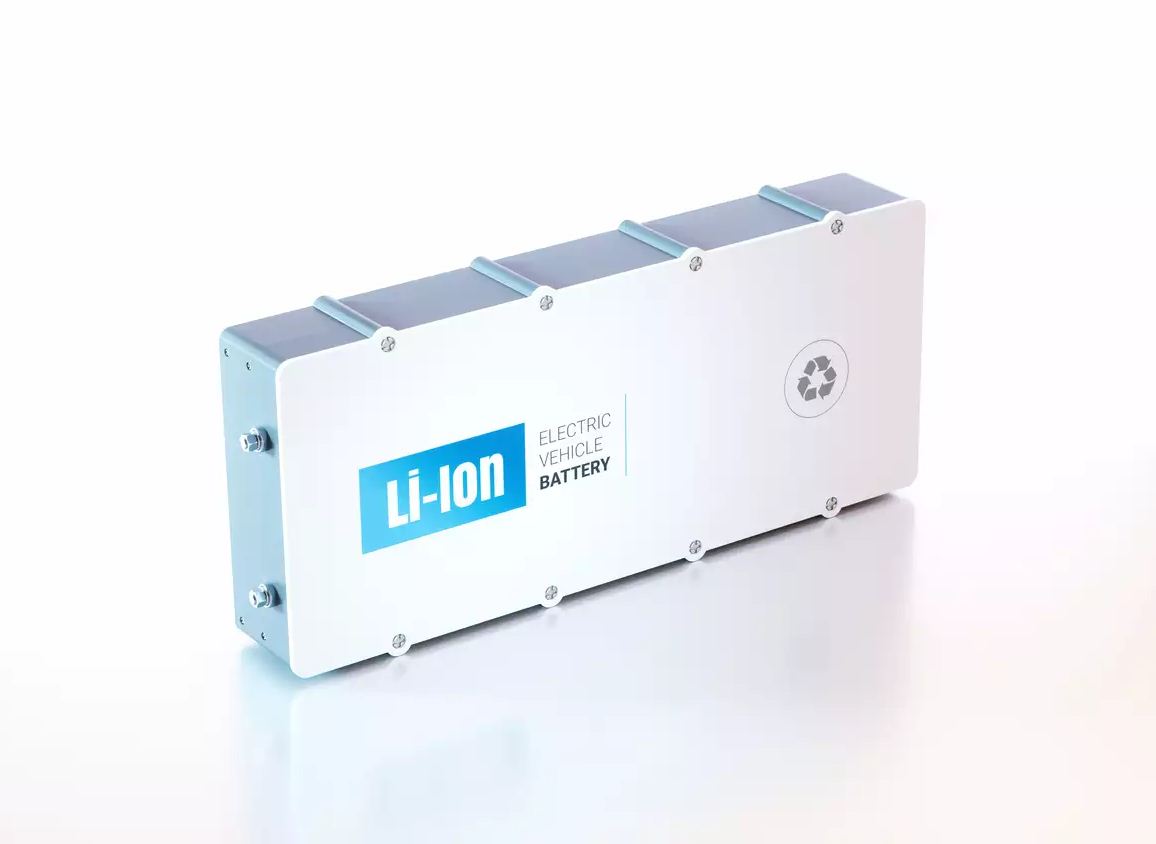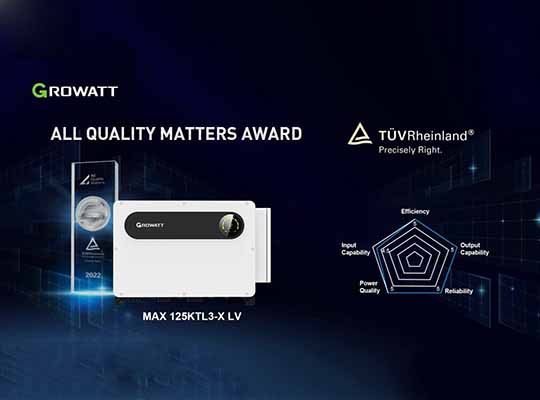LEMONT : Researchers at the U.S. Department of Energy’s (DOE) Argonne National Laboratory have a long history of breakthrough discoveries with lithium-ion batteries. Many of these discoveries have focused on a battery cathode known as NMC, a nickel-manganese-cobalt oxide. Batteries with this cathode now power the Chevy Bolt.
Argonne researchers have made another breakthrough with the NMC cathode. The team’s new structure for the cathode’s micro-sized particles could lead to longer-lasting and safer batteries able to operate at very high voltage and power vehicles for longer driving ranges.
“The present-day NMC cathode has posed a major barrier to operation at high voltage,” said Guiliang Xu, assistant chemist. With charge-discharge cycling, performance rapidly declines due to cracks forming in the cathode particles. For several decades, battery researchers have been seeking ways to eliminate these cracks.
One past approach involved microscale spherical particles consisting of numerous much smaller particles. The large spherical particles are polycrystalline, with differently oriented crystalline regions. As a result, they have what scientists refer to as grain boundaries between particles, which cause cracking upon battery cycling.
A past approach to avoid this cracking involves use of single-crystal particles. Electron microscopy of these particles indicated they have no boundaries. The problem the team faced was that cathodes made from both coated polycrystals and single crystals still formed cracks with cycling. So, they subjected these cathode materials to extensive analyses at the Advanced Photon Source and Center for Nanoscale Materials, DOE Office of Science user facilities at Argonne. It turned out that what scientists had believed were single crystals actually had boundaries inside that had not been detected before.
Importantly, the team developed a method for producing boundary-free single crystals. Testing of small cells with such single-crystal cathodes at high voltage showed a 25% increase in energy storage per unit volume, with almost no loss of performance over 100 cycles of testing.
“We now have guidelines that battery manufacturers can use to prepare cathode material that is boundary free and works at high voltage without performance loss,” said Khalil Amine, an Argonne Distinguished Fellow. “And the guidelines should apply to other cathode materials besides NMC.”













